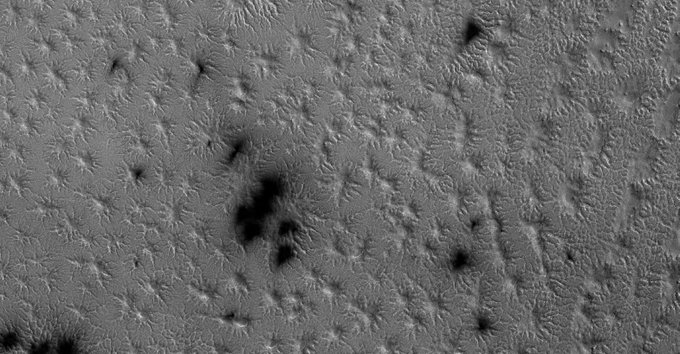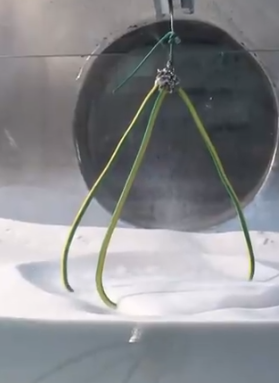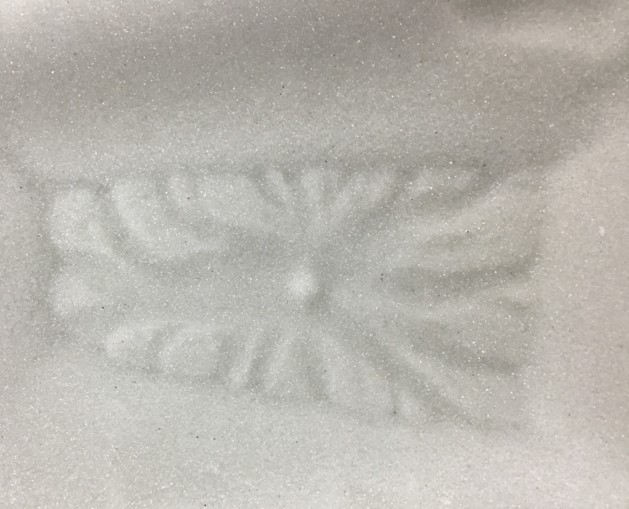All Eyes on Mars
As history is made on Mars with the first powered, controlled flight on another planet, Anita Heward (Europlanet 2024 Research Infrastructure) rounds up some of the important contributions being made by the European community to Mars exploration.
Read article in the fully formatted PDF of the Europlanet Magazine.
It has been a busy few months for Mars exploration, with missions from the United Arab Emirates (UAE), China and NASA arriving in February 2021. While the European-Russian (ESA-Roscosmos) ExoMars Rosalind Franklin rover and surface platform are not part of this year’s flotilla, and are scheduled to reach Mars in the spring of 2023, there is nonetheless, a great deal of activity across Europe, both in support of the international missions and in wider research on Mars that will put the results in context.
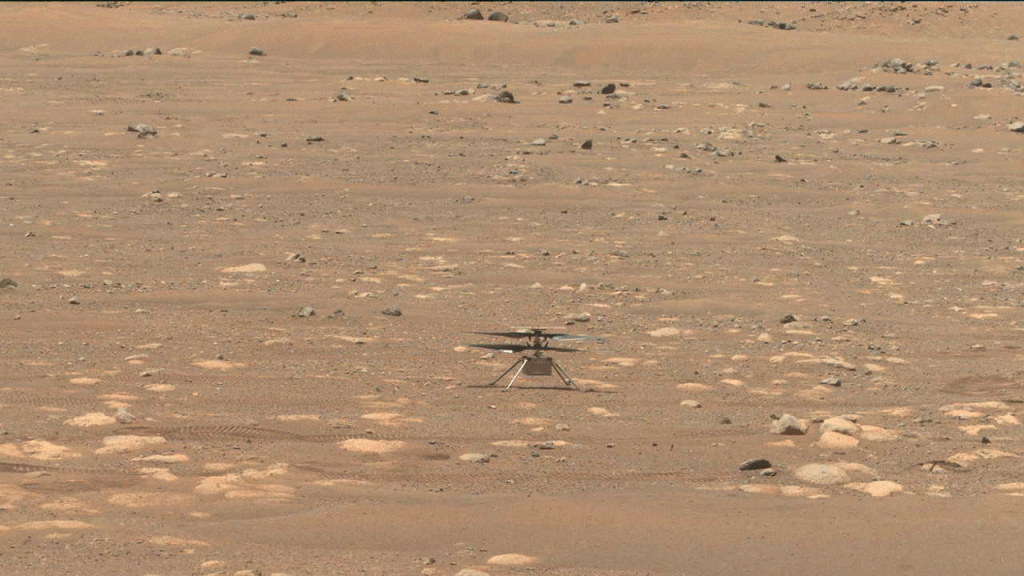
The historic first flight of NASA’s Ingenuity helicopter on 19 April 2021 has, literally, opened up new horizons for future missions to the Red Planet. The ability to scout from the air will give additional perspectives on the geomorphology of areas explored on the ground and allow investigation of terrains inaccessible by rovers. However, the martian atmosphere itself – its variability, its global dust storms, its elusive hints of methane, and the mystery of how the majority of its volume has been lost – remains a key area for study.
The thin martian atmosphere, composed of 95% carbon dioxide, has a pressure of around 6 millibars, less than 1% of the pressure on Earth at sea level. While day-time temperatures at ground-level on Mars can exceptionally reach 30 degrees Celsius in equatorial regions, the lack of atmosphere means that the temperature drops rapidly away from the surface, by nearly 40 degrees within just two metres. Even if an astronaut standing on Mars were able to have warm feet on a sunny summer’s day, they would still have a very cold head indeed.
While the Ingenuity drone is a technology demonstrator and will not carry out a scientific mission, the Perseverance rover will study the near-surface atmosphere through the Spanish-led Mars Environmental Dynamics Analyzer (MEDA) weather station. MEDA is a suite of environmental sensors that makes hourly recordings of dust levels, as well as wind speed and direction, pressure, relative humidity, air temperature, ground temperature and radiation.
MEDA records the temperature at three heights, 0.84m, 1.45 m and 30 m above the surface, as well as at ground level. With these multi-level readings, MEDA will make significant advances on previous missions in being able to characterise the air temperature vertical profile throughout the day and night. MEDA joins sister instrument packages already on Mars (REMS on the Curiosity rover and TWINS on the InSight mission) to establish a three-station martian weather network, and enables researchers to compare and contrast the situation at Jezero with that at Gale Crater and Elysium Planitia, 3,700 km and 3,200 km away respectively.
Questioning the Heavens with Fire, Hope, Perseverance and Ingenuity
Named after a fourth century poem of the same name and meaning ‘questions of the heavens’, China’s Tianwen-1, will analyse the chemical composition of rock and dust and search for pockets of ice, liquid water and organics. A rover, called Zhurong after a Chinese god of fire, landed on 14 May 2021 and will spend three months exploring Utopia Planitia, a flat plain within a large impact basin in the northern hemisphere of Mars. The region is covered by extensive sedimentary materials, with features that indicate that ice or water are present.
The UAE Space Agency’s first mission to Mars, Hope, is studying dynamics in the martian atmosphere on a global scale, giving a more complete understanding of interactions between the atmospheric layers, and answering questions about how oxygen and hydrogen escape into space.
NASA’s Mars 2020 mission, which includes the Perseverance rover and its helicopter partner Ingenuity, will look for signs that there were habitable conditions on Mars in its early geological history, and seek evidence of past microbial life.

MEDA’s first weather reports have shown stable night-time temperatures of below -80 degrees, but the day-time temperatures, averaging -20 to -25 degrees Celsius, have shown fluctuations of around 5 degrees over just 30 minutes. Winds, frost formation, and interactions with the surface and dust particles can all lead to unstable, variable air temperatures near the surface but the reasons for this are not well understood. Dust is present everywhere on Mars, yet there have been limited studies into its abundance, physical properties, size distribution as well as its impact on the composition, structure and dynamics of the atmosphere. MEDA will focus on the study of the local environment and will provide data to validate models of atmospheric dust and the mechanisms that lift the dust into the atmosphere. This has important implications for future missions in understanding the potential effects and hazards caused by dust for surface operations and the health of astronauts.
Perseverance’s overall mission is to look for signs that there were habitable conditions on Mars in its early geological history, and seek evidence of past microbial life. The rover will explore and characterise the geology of Jezero Crater, a 45 km-wide impact basin on the edge of the Isidis Planitia plain that contains the remains of an ancient, partially-eroded river-delta and rocks that date back to a time when life is thought to have first arisen on Earth.
The first geological results from Perseverance have come from the French co-led instrument, SuperCam, which has a suite of imagers, lasers and spectrometers to analyse the chemistry of target rocks. Data from the Laser Induced Breakdown Spectroscopy (LIBS) instrument have revealed that the rocks initially investigated around the Octavia E Butler landing site are of basaltic composition, thus either volcanic or composed of fine-grained volcanic sediments cemented together in an ancient lake or stream.
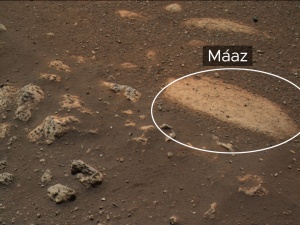
As a further historic milestone, SuperCam has obtained the first audio recordings from the surface of Mars: the sound of winds sweeping over Perseverance’s deck a few hours after landing. The rhythmic clicks of the LIBS laser impacting on the target rocks have also been recorded by SuperCam, and these acoustic signals from the laser give additional information about the composition and history of the rocks studied, such as their hardness or whether they are covered with a coating. After exploring the area around the landing site while Ingenuity completed its initial flight campaign, Perseverance is now starting its first science campaign and moving towards its first sampling site. It will then will head off towards the river delta to start its main task of searching for signs of ancient microbial life and laying the groundwork for future missions.
Simulating Mars on Earth
While it may be some time before humans are able to study the martian environment through a crewed mission to the Red Planet, researchers back on Earth are already studying simulated martian conditions in the laboratory. The 8m long, 2.5m wide Mars Wind Tunnel at Aarhus University in Denmark not only reproduces the low pressure and low temperatures of Mars but also allows the introduction of particles of sand and dust.
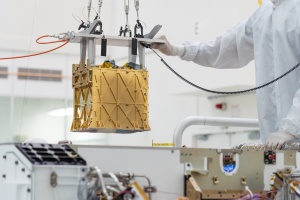
Complementing in-situ studies by MEDA, experimental research using the Aarhus wind tunnel is trying to better understand the role of dust in the martian atmosphere (see ). The facility has also been used in pre-launch tests of another technology demonstrator on Perseverance, the Mars Oxygen ISRU Experiment (MOXIE). Experiments funded by Europlanet in the Aarhus wind tunnels were able to demonstrate that the High Efficiency Particulate Air (HEPA) Filter could protect MOXIE’s electrolysis subsystem from contamination by dust, both during operations and from passive accumulation of dust from the wind over the course of the mission.
On Mars, MOXIE’s first test successfully converted carbon dioxide from the martian atmosphere into oxygen. After an hour of operation MOXIE produced about 5.4 grams of oxygen: enough to keep an astronaut healthy for about 10 minutes of normal activity. If the rest of MOXIE’s operations go to plan, the results will pave the way for scaled-up life-support for future astronauts and production of oxygen for use as rocket fuel.
As well as testing instrumentation for missions, simulation facilities also enable experimental study of exotic phenomena caused by the low pressures and temperatures on Mars that do not occur on Earth. The Mars Chamber at the Open University (OU) in the UK has been used to investigate how features on the surface of Mars known as ‘spiders’ are formed. Theory suggests that spring sunshine penetrating slabs of carbon dioxide ice at the martian poles causes radial channels to form spidery patterns covering areas up to a kilometre across. As the carbon dioxide ice warms from the base, and sublimates directly from a solid into a gas, it cracks through the ice and vents material into the air.

Dr Lauren McKeown, funded by Europlanet 2020 RI, visited the OU Mars Chamber in 2018 to carry out experiments and find out if the hypothesis is correct. McKeown and colleagues drilled holes in blocks of carbon dioxide ice and observed what happened when they were gently lowered over a bed of sand at martian pressures. As the bottom of the block came into contact with the sand, the carbon dioxide sublimated and rushed to escape through the central vent, eroding the sand into spider patterns (McKeown et al 2021).
A doctoral candidate at the time of the visit, McKeown has since completed her PhD and joined the team at the Open University as a postdoctoral research associate, where she is continuing the collaborations developed during the Europlanet-funded project.
Preparing for sample return
However different Mars might be from Earth today, in the past it was wetter and warmer. Whether it may have hosted life remains one of the biggest questions.
Early life on Mars may have been destroyed 3-4 billion years ago after the loss of the martian atmosphere, which provided a shield against harmful ultraviolet radiation. This means that finding evidence or past life may only be possible through indirect means, for example by identifying chemical changes to minerals or specific reactions that are only induced by life. Samples taken from terrestrial analogues and analysed in laboratories can help interpret data from in-situ missions and refine analytical techniques. However, considering the limitations of what can be launched into space, it is likely to be difficult or robotic missions operating on the surface of Mars to provide conclusive evidence of whether life has ever existed there.
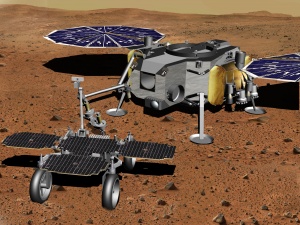
The Perseverance mission is the first step in a decade-long campaign involving NASA and ESA to bring samples from the martian surface back to Earth. Perseverance will collect a few core samples of the most promising rocks and soils for further study and set them aside in caches. Later this decade, a small ESA-led rover will ‘fetch’ and load the samples into a NASA Mars Ascent Vehicle, which will then launch them into Mars orbit. The sample container will be captured by an orbiter and returned to Earth, potentially arriving in 2031.
The samples collected by Perseverance will contain martian rocks, soil, dust and atmosphere. Samples will be stored in tubes, roughly the size of a stick of chalk, that hold around 15 g of material. Bringing carefully selected rocks from Mars back to Earth for detailed study will enable much more complex and complete studies using state-of-the-art lab equipment. This will provide a better quantitative understanding of whether the returned samples formed in environments where life could have existed and whether they contain biosignatures.
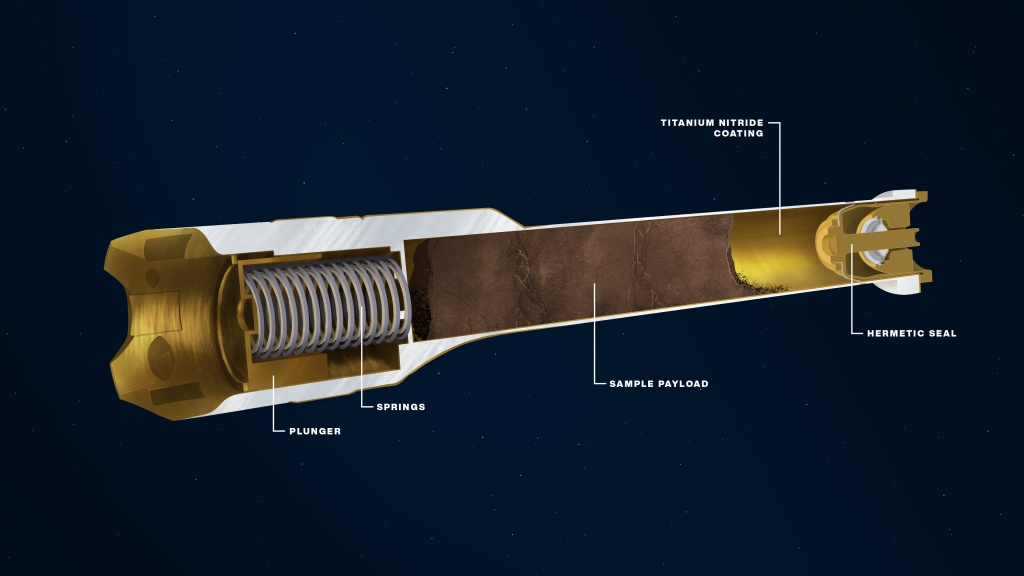
Researchers around the world are working together to prepare curation facilities and protocols for receiving the samples brought back from Mars. As part of this, a team from the Natural History Museum London, the Vrije Universiteit Amsterdam, ETH Zurich and the Open University, funded through Europlanet 2024 RI, are working on techniques for nondestructive or minimally invasive characterisation and analysis of material, which will ensure that samples returned from Mars are preserved for study by generations to come.
The discovery of traces of life in rocks from another planet would be a paradigm-changing moment for our understanding of how life on Earth fits into a wider picture of life in the Universe. Any such detection will be the result of years of international efforts.
In this era of viral pandemics, the importance of international collaborations and the consequences of the failure to work together have never been clearer. By demonstrating qualities of perseverance, ingenuity, hope, questioning, and following the inspiration of role models like Rosalind Franklin or Octavia E Butler, Mars exploration has the opportunity to be a much-needed exemplar and beacon of optimism for our time.
My Journey to Mars
Maria Hieta, Research Engineer at the Finnish Meteorological Institute.
Providing sensors for NASA’s Perseverance rover has been a long, challenging and rewarding journey like no other. The Finnish Meteorological Institute (FMI) has been responsible for two sensors of the MEDA instrument: the pressure sensor (PS) and humidity sensor (HS). My main responsibility has been testing and calibrating the instruments, but I have also been involved in every phase of the sensor development, wearing many different hats.
I can trace the fist documents and emails I received concerning the new Mars 2020 mission back to 2014, which means that the development of these sensors began at FMI more than six years before finally landing on the surface of Mars. And that doesn’t mean starting from scratch; FMI has delivered pressure and humidity sensors for multiple missions before, including the Curiosity rover of the Mars Science Laboratory (MSL) mission and ExoMars 2016 Schiaparelli.
Schiaparelli was the fist mission I was involved in from the very beginning. I was excited and nervous during the launch, and extremely nervous during the landing, which eventually did not end happily. The Schiaparelli lander crashed on the martian surface in 2016, when we were already working full steam on the sensors for Perseverance. But sometimes this happens with space missions and landing on another planet is still extremely challenging. It is important to remember that the hard work is not wasted even if a mission or a part of a mission fails. Schiaparelli helped us, for example, in the development of new-generation pressure sensor heads, which we used for Perseverance. Our team also gained a lot of experience and we were ready to tackle the Mars 2020 mission requirements of demanding tests and tight schedules.
Behind the Mars 2020 mission is a huge team consisting of dedicated, enthusiastic and highly motivated people, and I have enjoyed the opportunity of working with these amazing people. We landed less than two months ago and expect to operate on the surface of Mars for many years to come. But reaching this point is already a huge win for our team of sensor developers. Our instruments have survived the long interplanetary travel, the seven minutes of terror and the landing, and finally they are ready to do what they were designed for: to deliver high quality scientific measurements from another planet.
And that is not all: the MEDA instrument will act as a weather station network on Mars together with Curiosity’s Rover Environmental Monitoring Station (REMS) and atmospheric instruments on the InSight platform. If everything goes well, they will be joined in 2023 by ExoMars, which carries a further meteorological package on the surface platform. These missions will provide a lot of new data for studying the Martian climate and will help prepare for future human exploration.


